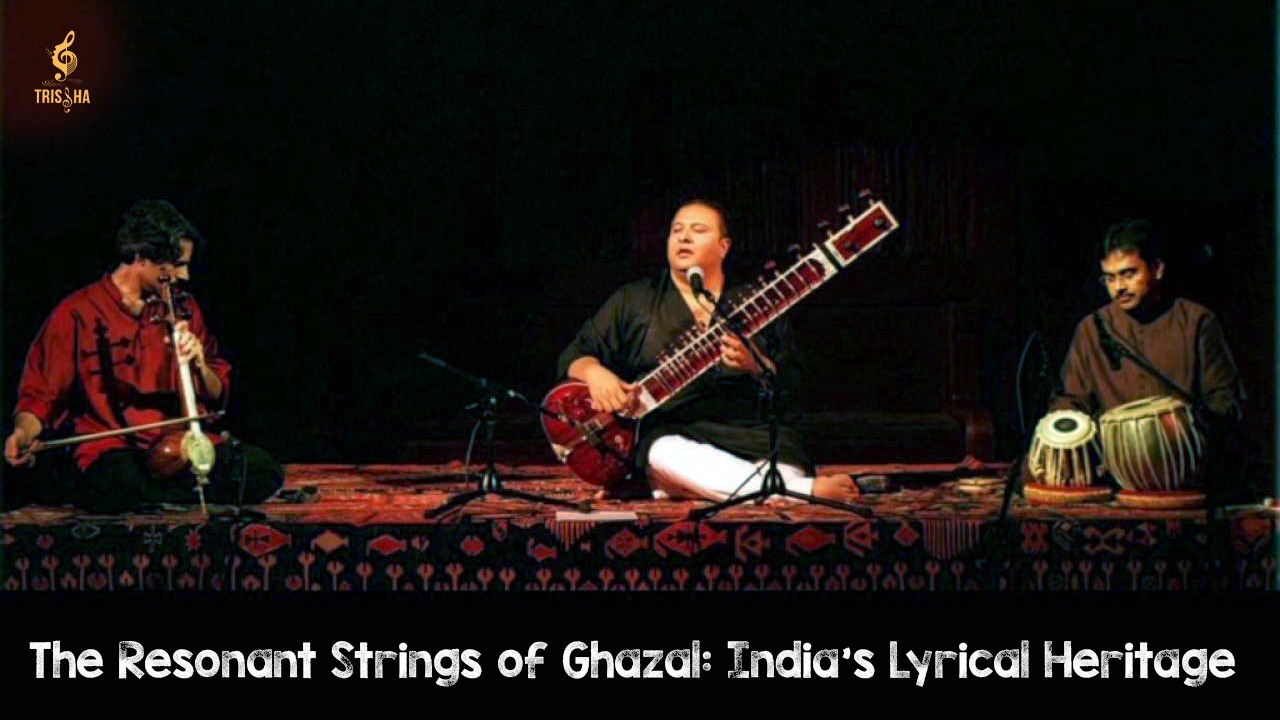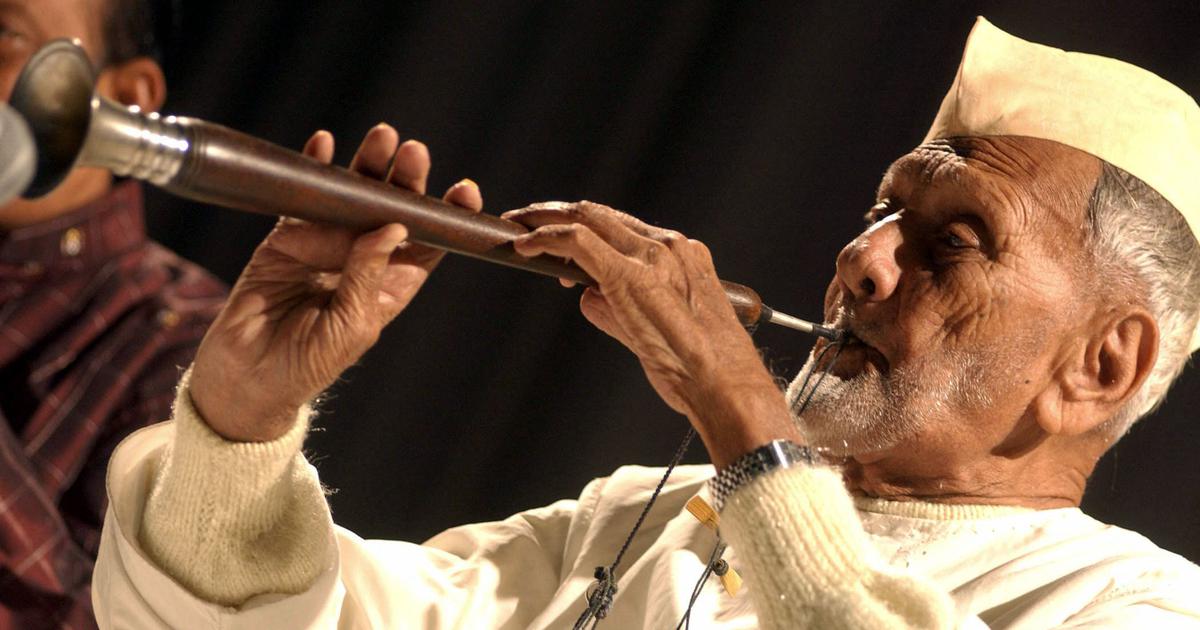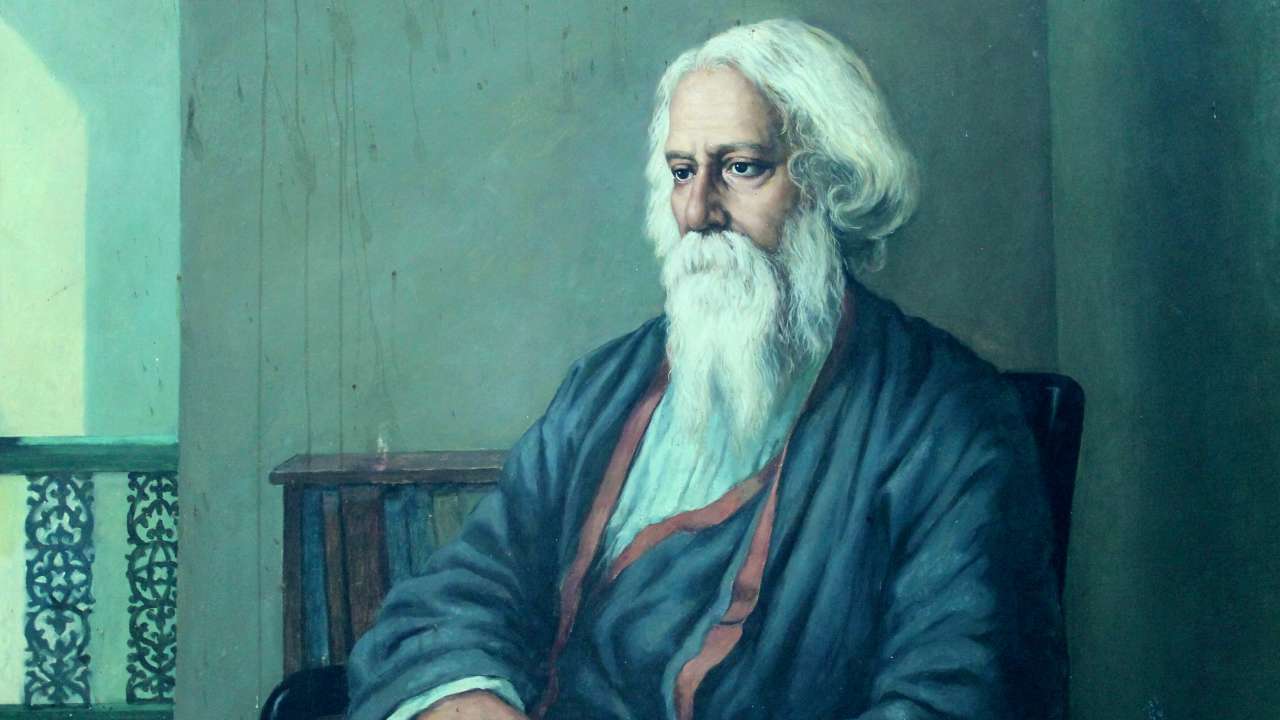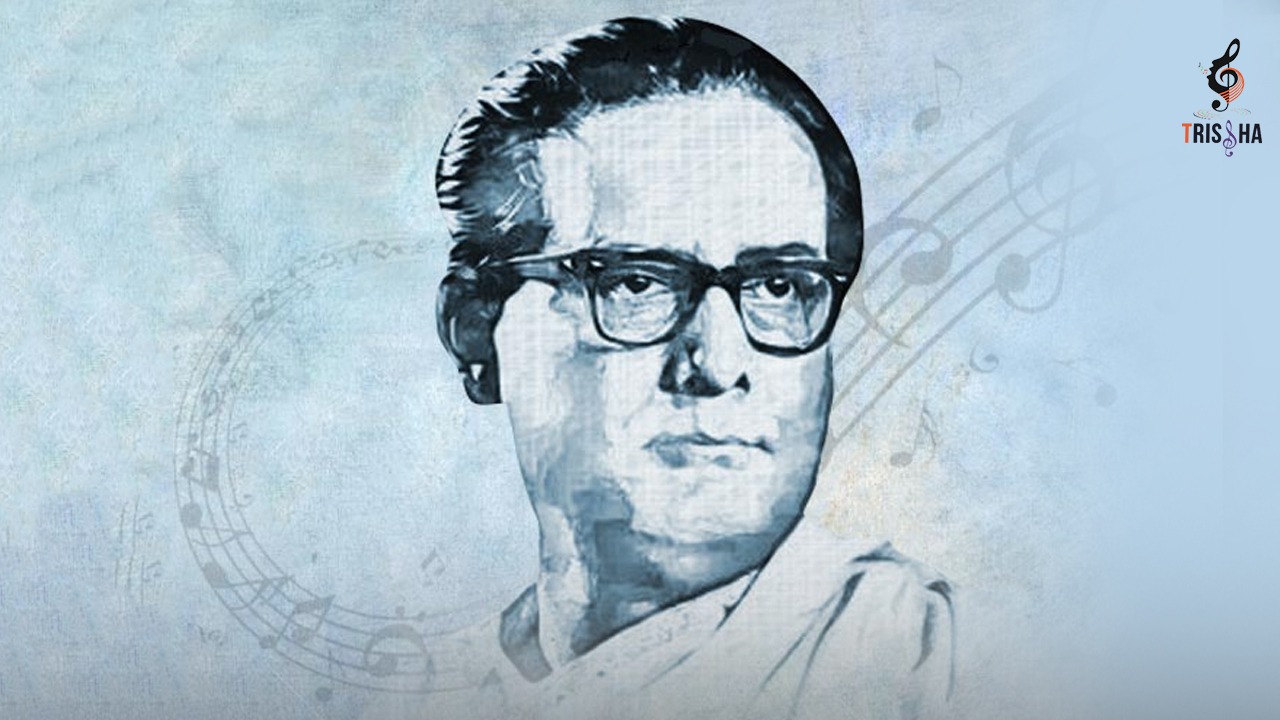The Resonant Strings of Ghazal: India’s Lyrical Heritage
The ghazal, a poetic form synonymous with expressive melody and cultural depth, has been an integral part of India’s literary and musical landscape. This art form, which originated in 7th-century Arabia, found fertile ground in the Indian subcontinent in the 12th century, influenced by the mystical Sufi traditions and the royal courts of the Islamic Sultanate.
As the ghazal made its way through Persia and into the heart of India, it evolved to adopt the region’s linguistic diversity, becoming a significant aspect of many South Asian languages. The ghazal in India is not just a poetic expression; it is a tapestry woven with threads of history, culture, and profound human emotions.
The structure of a ghazal is akin to the delicate dance of love and separation, with each couplet encapsulating a story in itself. The traditional rules of ‘qaafiyaa’ (rhyme) and ‘radif’ (refrain) bind these couplets, creating a harmonious rhythm that resonates with the soul. The Indian ghazal, while retaining its classical form, has embraced the nuances of local dialects, enriching it further.
The ghazal’s journey in India has been marked by the patronage of great empires and kingdoms, from the Delhi Sultanate to the Mughal Empire and the Deccan Sultanates. This patronage allowed the ghazal to flourish in royal courts and among the common people alike, making it a beloved genre across social strata.
In the modern era, the ghazal has found new life through the voices of legendary artists. The late Pankaj Udhas, a name synonymous with the Indian ghazal, brought this genre to the masses with his soulful renditions. His passing left a void in the world of ghazal, but his legacy continues to inspire new generations.
Today, a resurgence of interest in the ghazal is evident as contemporary artists blend traditional motifs with modern sensibilities. Artists like Ali Sethi, Zeeshan Ali, and Pratibha Singh Baghel are reimagining the ghazal, making it accessible to a global audience while preserving its essence.
The ghazal’s adaptability is its strength, allowing it to transcend time and trends. It is a form that has the power to evoke the deepest of emotions, from the pangs of unrequited love to the joys of spiritual enlightenment. The ghazal is not just a musical or poetic form; it is an experience that captures the complexities of the human heart.
As we look to the future, the ghazal remains a testament to India’s rich cultural heritage. It stands as a beacon of artistic expression, inviting listeners and readers to explore the depths of emotion and the heights of lyrical beauty. The Indian ghazal, with its history of evolution and its capacity for innovation, continues to be a cherished jewel in the crown of Indian arts.
The ghazal’s enduring appeal lies in its ability to connect with the listener on a personal level, making each performance a unique encounter. Whether it is through the haunting melodies of a live concert or the intimate verses of a written collection, the ghazal touches the soul in a way few other art forms can.
In conclusion, the Indian ghazal is not merely a relic of the past; it is a living, breathing entity that continues to grow and adapt. It is a bridge between the old and the new, the east and the west, the spiritual and the temporal. As long as there are stories of love and longing to be told, the ghazal will continue to thrive, echoing through the corridors of time as India’s lyrical heritage.







There are no comments